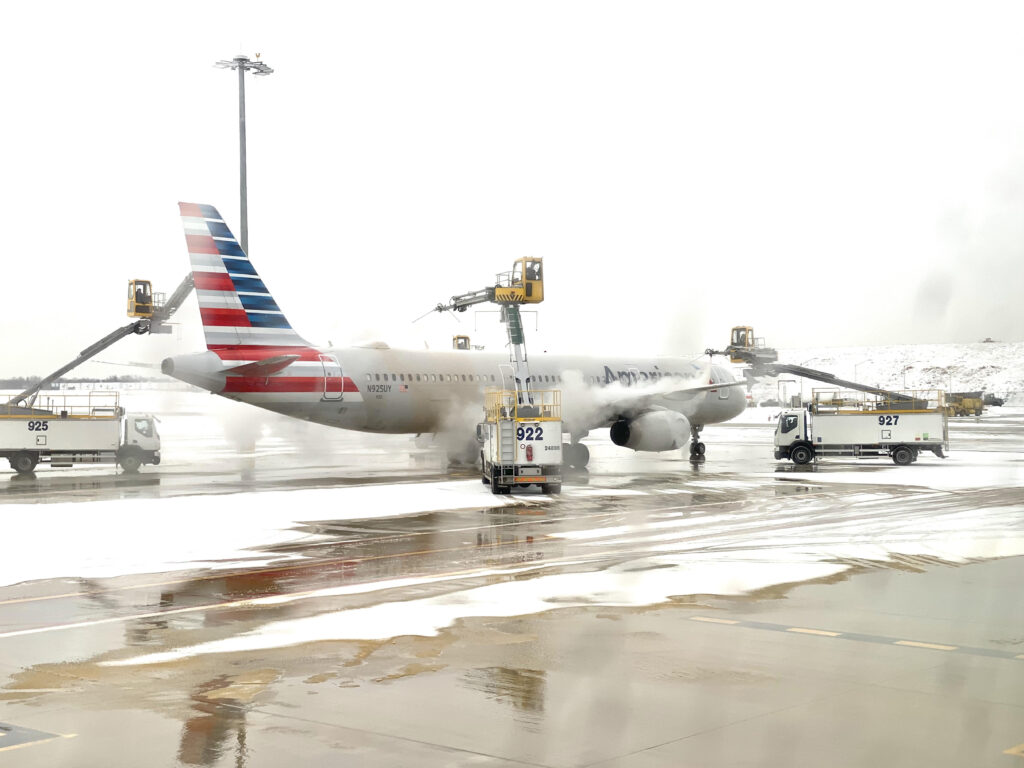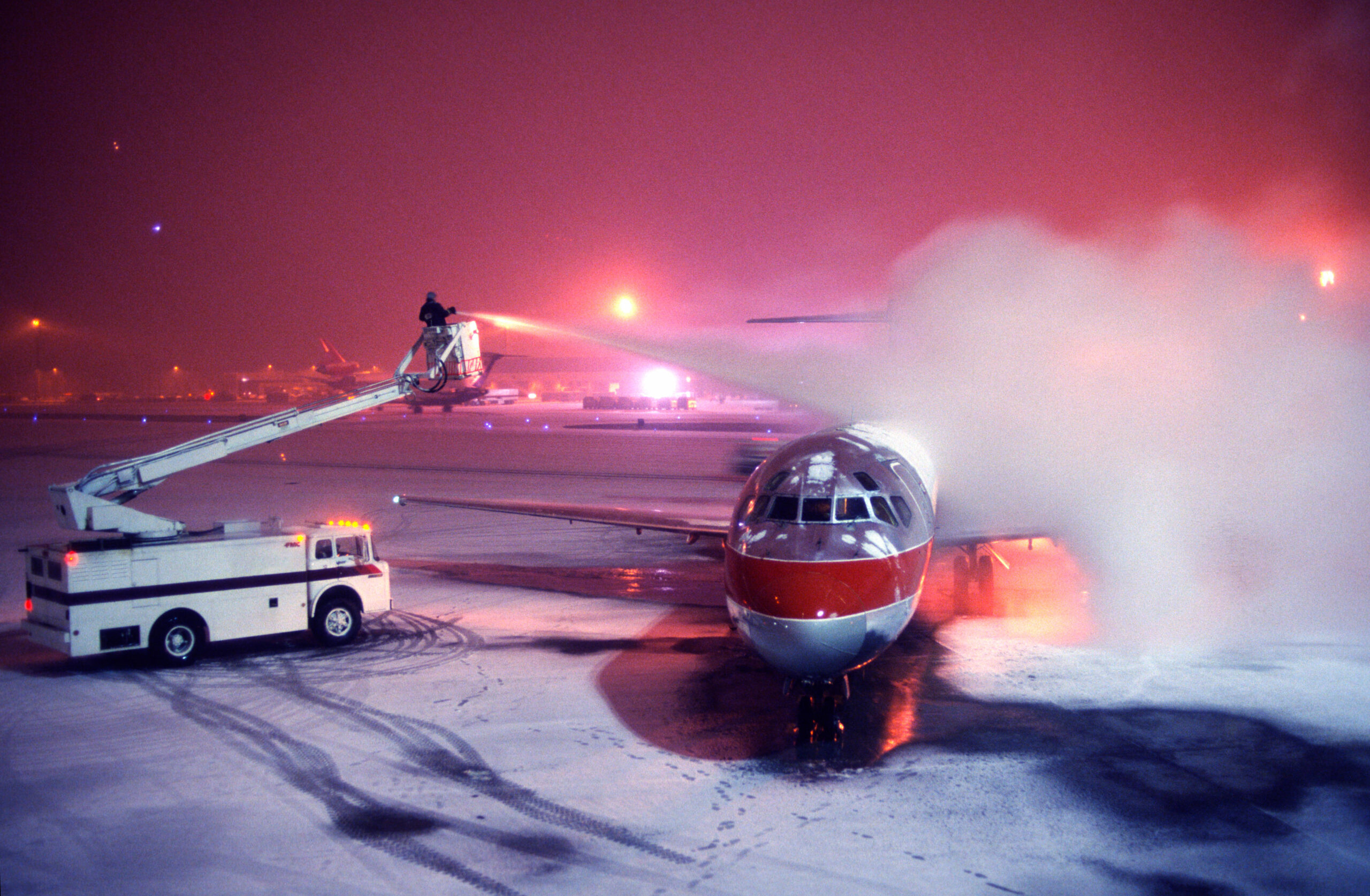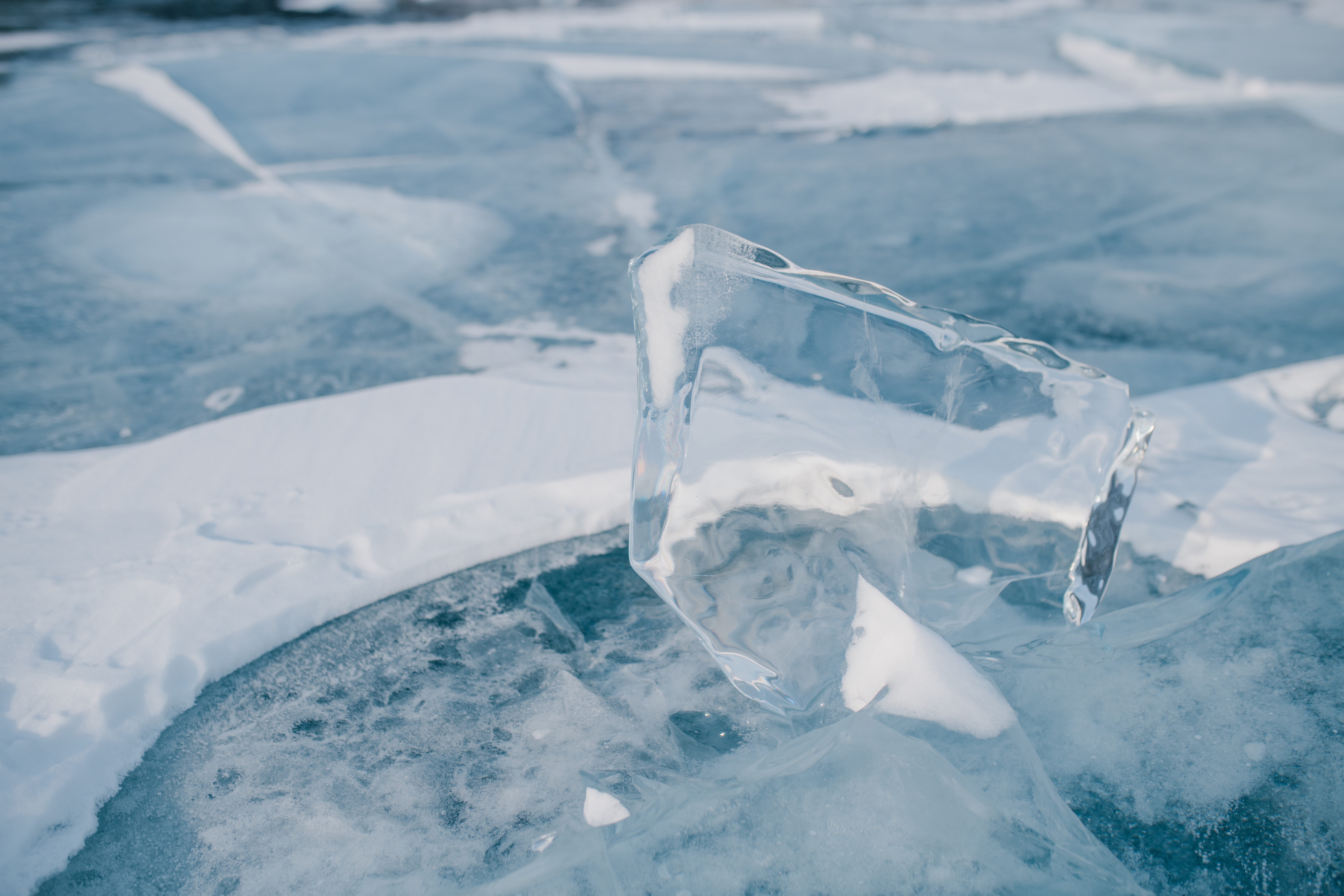At Butterfly Training, we take pride in being an industry leading aviation e-learning provider, committed to delivering comprehensive and detailed training on various aviation functions. When it comes to de-icing and anti-icing techniques, we aim to surpass other training providers by empowering you with high-quality content that covers all aspects of these processes. Our goal is to ensure safe air travel, even in challenging weather conditions.

Aircraft de-icing and anti-icing are pivotal processes in the field of aviation safety. These procedures are implemented to combat the dangers posed by ice accumulation on critical surfaces of an aircraft, such as the wings, tail, and engine in cold and wintery conditions. De-icing involves the removal of existing ice or snow from the aircraft’s surfaces, while anti-icing is the application of special compounds to prevent new ice from forming. Both processes are integral for maintaining the aerodynamic efficiency and operational safety of the aircraft. Neglecting proper aircraft de-icing and anti-icing measures can lead to a myriad of issues, including diminished lift, increased drag, engine inefficiency, and impaired control systems, all of which can compromise flight safety. Hence, rigorous adherence to these procedures is imperative, and it reflects the aviation industry’s unwavering commitment to ensuring the security of passengers and crew, even in the harshest winter conditions.
Table of Contents
- Introduction
- The Importance of Aircraft De-icing and Anti-Icing
- The Unveiled Process of De-Icing
- The Vital Role of Anti-Icing Agents
- FAQ (Frequently Asked Questions)
- Conclusion
1. Introduction
As winter arrives and temperatures drop, aircraft encounter a unique challenge: ice accumulation. The presence of ice on aircraft surfaces disrupts the smooth airflow required for optimal performance during flight. This is where the significance of de-icing and anti-icing techniques comes into play. In this article, we will delve into the intricacies of these processes, shedding light on their importance and the methods employed for Aircraft De-icing and Anti-Icing.
2. The Importance of Aircraft De-Icing and Anti-Icing
Ice buildup on an aircraft can significantly impact its aerodynamics, resulting in reduced lift, increased drag, and compromised control. To ensure the safety of passengers and crew, as well as the efficient operation of the aircraft, it is crucial to remove any ice or snow before takeoff. This underscores the importance of employing effective de-icing and anti-icing methods.
3. The Unveiled Process of De-Icing
De-icing involves the removal of ice, snow, or frost from the exterior surfaces of an aircraft. This critical procedure is typically performed just before takeoff. The process primarily relies on the use of specialized de-icing fluids, which are meticulously applied to the aircraft’s wings, tail, fuselage, and other vital areas.
The de-icing fluid is a carefully formulated mixture designed to melt ice and snow while providing a protective layer to prevent further ice formation. These fluids are usually heated and sprayed onto the aircraft’s surfaces using specialized equipment. Upon contact, the de-icing fluid dissolves the ice, ensuring a clean and ice-free aircraft.
4. The Vital Role of Anti-Icing Agents
While de-icing fluids effectively remove existing ice, the role of anti-icing agents is to prevent ice formation during flight. After de-icing, anti-icing agents are applied to the aircraft’s surfaces, forming a protective coating that hinders ice adhesion. This coating significantly reduces the risk of ice buildup, thereby ensuring continued aerodynamic performance.
Commonly used anti-icing agents include glycol-based fluids, known for their excellent anti-icing properties and ability to withstand low temperatures experienced during flight. These fluids create a thin, continuous film on the aircraft’s surfaces, actively preventing ice formation and enabling safe and efficient flights.
5. FAQ (Frequently Asked Questions)
Q: What are the primary methods of de-icing an aircraft?
A: The two primary methods of de-icing an aircraft are:
- Application of heated de-icing fluid
- Mechanical removal of ice using brushes or other tools
Q: Are there any regulations governing de-icing procedures?
A:
Regulatory authorities including the FAA (Federal Aviation Administration), EASA (European Aviation Safety Agency), Transport Canada, and ICAO (International Civil Aviation Organization) all reference de-icing and anti-icing standards.
The global standards provide airlines and ground de-icing service providers with a series of standards
to promote common de-icing processes to improve safety. Facilitated by the SAE ICAO IATA Council
for Globalized Aircraft De-icing Standards, the standards development effort brought together airlines,
regulatory authorities, de-icing service providers, equipment and fluid suppliers, aircraft OEMs, and airport
authorities to harmonize the numerous ground de-icing recommended practices.
CURRENT GLOBAL DEICING STANDARDS INCLUDE:
- Aircraft Ground Deicing/Anti-Icing Processes (AS6285)
- Training and Qualification Program for Deicing/Anti-icing of Aircraft on the Ground (AS6286)
- Processes Including Methods (AS6286/1)
- Equipment (AS6286/2)
- Fluids (AS6286/3)
- Weather (AS6286/4)
- Health, Safety and First Aid (AS6286/5)
- Deicing/Anti-Icing Diagrams/No Spray Zones (AS6286/6)
- Aircraft Ground Deicing/Anti-icing Quality Management (AS6332)
- Aircraft Ground De/Anti-Icing Communication Phraseology for Flight and Ground Crews (ARP6257)
Q: How long does the protection provided by anti-icing agents last?
A: The duration of protection provided by anti-icing agents varies depending on several factors, including weather conditions and the specific type of anti-icing fluid used. It is crucial for operators to follow recommended guidelines and reapply anti-icing agents as necessary to maintain aircraft safety.
6. Conclusion
In conclusion, aircraft de-icing and anti-icing practices are indispensable for ensuring safe air travel, particularly in challenging wintery weather conditions. By effectively removing ice and preventing its formation, these techniques safeguard the aerodynamic performance and control of aircraft. At Butterfly Training Ireland, we are dedicated to providing you with comprehensive insights into de-icing and anti-icing processes, empowering aviation professionals with the knowledge needed to ensure safe and efficient flights.
Learn more about Aircraft De-icing and Anti-Icing
For more information on regulations and guidelines, please visit the EASA’s De-Icing Standards.



